Your dog is usually all tail wags and good vibes, living their best life without a care. Then suddenly, out of nowhere, they turn into a world-class whiner, seriously vocalising like they’re being paid to do so. You’ve fed them, walked them, fluffed their bed, and they still won’t stop with the siren-style sighs.
At first, it’s kind of cute. A little endearing, even. But when the whining becomes a regular background track to your life interrupting your meetings and your sleep, you start asking the real questions: What’s wrong? Why exactly is my dog whining? Are they in pain? Bored? Hungry?
Here’s the thing: Dogs don’t whine just to annoy you. Whining is a legitimate form of communication. It’s your dog’s saying something. And like any responsible pet parent, it’s up to you to figure out what exactly they’re trying to say.
In this guide, we’ll break down all the possible reasons dogs whine, how to tell when it’s harmless vs. serious, and what you can do to help your pup find their peace.
Let’s decode the drama…
7 Main Reasons Your Dog is Whining
1. They Want Something
One common reason dogs whine is because they want or need something. This can be food, water, a walk, or their favourite toy that has rolled under the couch. Whining in these moments is your dog’s way of saying, “I need help” or “Can you fix this for me?”
Usually, the whining stops once the issue is resolved. However, it is essential to consider whether your dog’s need is real or the behaviour is becoming a pattern. If your dog just ate a full meal and is whining for more treats, it may be testing boundaries rather than expressing a genuine need.
It is also possible that the whining signals something physical. If your dog asks to go outside immediately after returning from a walk, this could point to a bladder issue or digestive discomfort. When the request seems urgent or unusual, a visit to the vet may be necessary to rule out an underlying condition. The goal is to stay attentive without rewarding a behaviour that turns into a habit.
2. They Want Your Attention
Dogs are social animals, and like people, they crave connection. When your dog feels ignored or under-stimulated, whining often becomes their way of getting your attention. They might even take it to the next level by following you around the house while making soft, persistent sounds or sitting in front of you and whining until you respond.
When you think about it, you notice that this behaviour is similar to how a young child might interrupt a conversation for attention. The goal is not always to get food or go outside. Sometimes, your dog simply wants your presence, affection, or playtime.
If your dog does not receive enough physical activity or mental stimulation during the day, its attention-seeking may increase. In some cases, this behaviour can lead to more destructive habits, such as chewing, digging, or excessive barking.
Ensuring your dog receives regular engagement through walks, play, or puzzle toys will save you a lot of stress. You can set aside dedicated bonding time, which teaches your dog that it is heard without encouraging constant whining.
3. Fear, Stress, or Emotional Overload
Whining can also be a signal that your dog is feeling overwhelmed. This might happen when they are afraid of a new environment, unsettled by loud noises, or anxious about an unfamiliar person or pet.
You may notice the whining paired with other behaviours such as trembling or shaking, pacing, panting, or hiding. These are signs that your dog is trying to manage their discomfort. The whining might become especially common during thunderstorms or routine activities like vet visits or grooming.
Sometimes, the source of the stress is ongoing. For example, if your dog whines as you prepare to leave the house, it may be linked to separation anxiety. Dogs that struggle with being alone often express it through vocalisation long before other symptoms appear.
4. They Could be in Pain
When your dog is in physical discomfort, whining is often one of the first signs. Unlike more obvious symptoms like limping or swelling of the toes, pain can sometimes be subtle, and whining may be the only clue that something is wrong.
Your dog might whine when moving, jumping onto furniture, or even when being gently touched. These are important cues, especially in older dogs with arthritis, joint issues, or internal discomfort. Changes in posture, lowered energy, or reduced appetite are also signs that should not be overlooked.
If your dog keeps whining without an apparent external cause, or if it appears suddenly and continues, again, a visit to the vet is strongly advised. Dogs instinctively hide pain, so when they do vocalise, it is often because the issue has progressed or is causing significant discomfort. Early intervention can make a significant difference.
5. Your Dog’s Way of Saying “Sorry”
Sometimes, whining is your dog’s way of showing submission or making peace. This is especially common after they’ve been told off or know they’ve done something wrong, like digging through the bin or chewing on your shoes.
This time, your dog is not whining for attention or because of stress. It is a social behaviour rooted in their instincts. Dogs often pair this kind of vocalisation with lowered body posture, tucked tails, or avoiding eye contact. These are gestures meant to signal that they are not a threat and that they accept your authority.
This whining is usually short-lived and tends to settle once the tension in the environment eases. The best response is often to acknowledge it calmly and then redirect your dog’s focus to a positive task. There is no need to extend the discipline or dwell on the incident.
6. They Are Just Bored Out of Their Mind
Your dog can begin to whine to express boredom. When it has too much energy and not enough to do, vocalising becomes its way of releasing frustration or getting your attention.
This is particularly common in active breeds that need regular stimulation. Without it, your dog may begin to pace, chew things they shouldn’t, or settle into a cycle of whining throughout the day. It often starts small but can quickly become a habit.
When you provide a structure for activities like daily walks, interactive toys, or short training sessions, they can help redirect this energy. Even a simple game of hide-and-seek can make a big difference.
7. Excited Energy Overload
It might surprise you to know that not all whining is a sign of distress. Sometimes, dogs whine because they are simply too excited to contain themselves. This often happens when they see you pick up the lead, open the food container, or return home after a few hours away.
The whining in these moments is high-pitched and rapid, sometimes paired with spinning, jumping, or tail-wagging. It is your dog’s way of saying they are thrilled and full of anticipation.
Teaching your dog to settle before meals, walks, or greetings can help reduce the behaviour. Calm routines and consistent responses also encourage your dog to manage its excitement more quietly, making the behaviour less disruptive.
What You Can Do About It
Understanding why your dog is whining is only part of the solution. The next step is knowing how to respond to their needs without encouraging more unnecessary whining. Here are the actions you should take:
- Physical Needs First: Start by checking the basics. Ensure your dog has eaten, has water, has been out for a toilet break, and isn’t too hot or cold. If the whining is tied to discomfort, like limping or sudden changes in behaviour, contact your vet.
- Train for Attention, Don’t Reward It: If your dog whines to get your attention, reacting every time can worsen the behaviour. Instead, wait for a pause before giving attention or offering treats. Reward quiet, calm behaviour so your dog learns that silence is what gets results.
- Create a Calm, Safe Space: Your dog might whine because it feels unsettled. A predictable routine and a quiet, comfortable spot to relax can help reduce anxiety. You can also try calming aids like toys, blankets, or gentle background noise.
- Keep Them Busy: Dogs with too much energy and nothing to do often turn to whining. Regular walks, interactive toys, and brain games can keep them stimulated and satisfied. A well-exercised dog is usually a quiet, content dog.
What to Do When the Whining Just Won’t Stop
Now, if your dog keeps whining despite meeting their needs and adjusting their environment, there may be more complex reasons behind the behaviour. Some breeds are naturally more vocal, so a little extra patience and training may be required. In other cases, ongoing whining can point to separation anxiety, especially if it happens when you’re getting ready to leave or shortly after you’ve gone.
Creating a consistent routine, using calming tools, and offering gradual exposure to alone time can help. If the whining appears suddenly, becomes more intense, or is paired with other symptoms like limping, changes in appetite, or low energy, it’s best to consult your vet. Persistent whining could be your dog’s way of signaling something that needs professional attention.
Conclusion
While your dog’s whining may be frustrating, for your dog, it’s often the only way to say something is off. Observing the context, meeting their needs, and applying consistent training can help your dog feel calmer and more secure. Every dog is different, so patience and small changes often go a long way.
FAQs
Is my dog whining for attention or something serious?
It depends on the context. If all needs are met and they seem healthy, it could be a need for attention. If it’s sudden, persistent, or paired with other symptoms, going to the vet is a good idea.
Can I train my dog to stop whining completely?
You can reduce unnecessary whining through consistent training and addressing emotional or physical triggers.
Is it normal for some breeds to whine more?
Yes, some breeds are naturally more expressive. Knowing your dog’s breed tendencies helps you manage their behaviour more effectively.







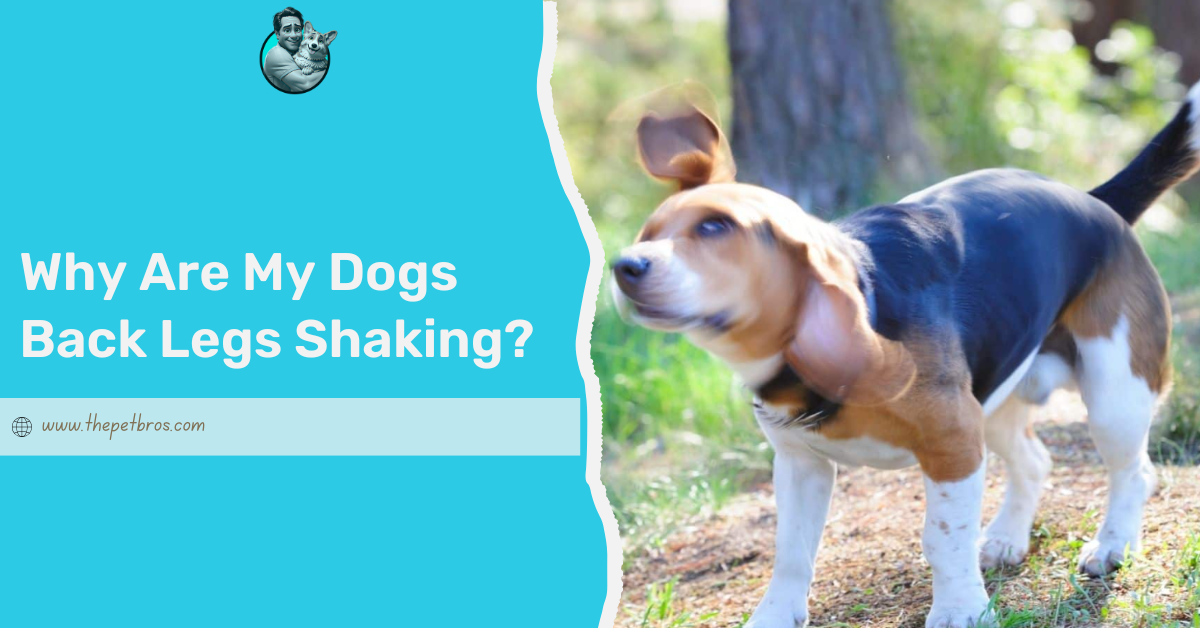

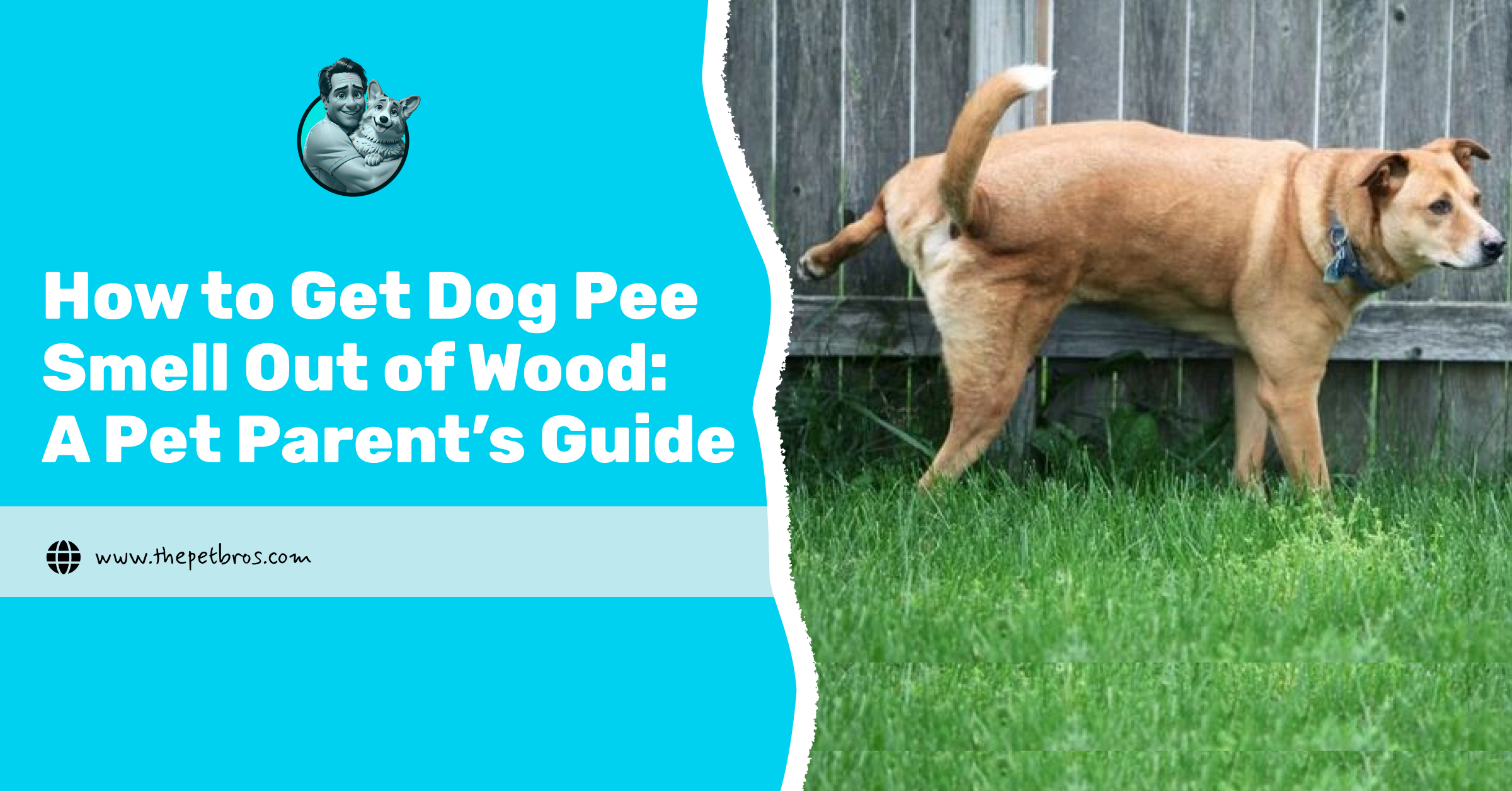

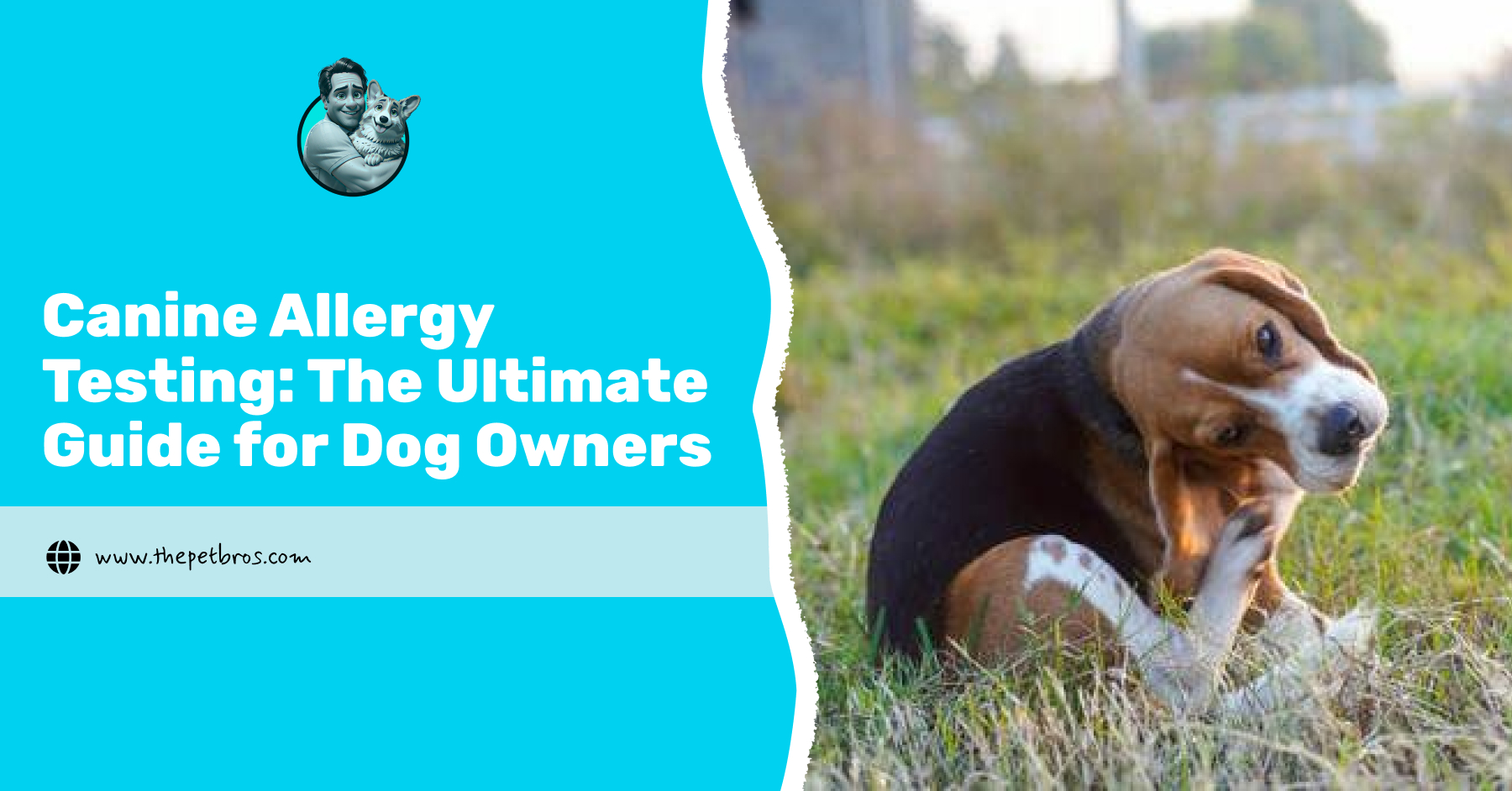
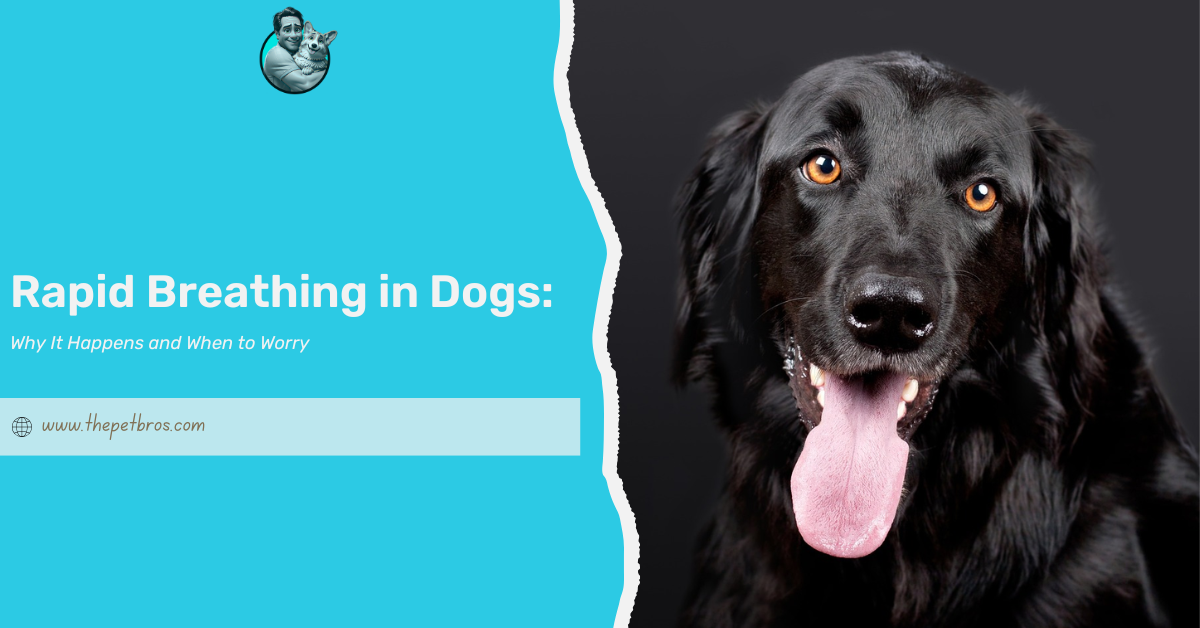
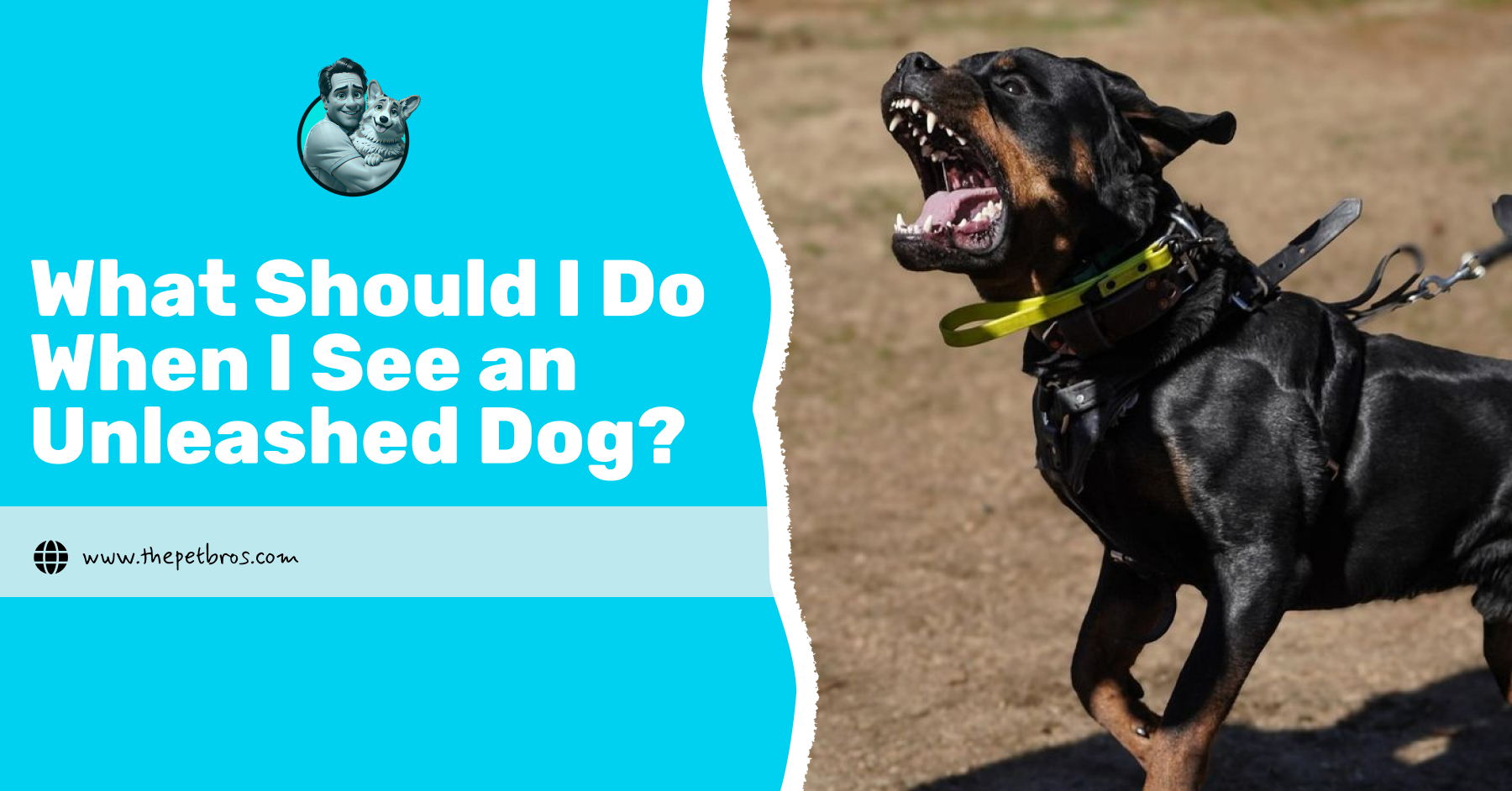
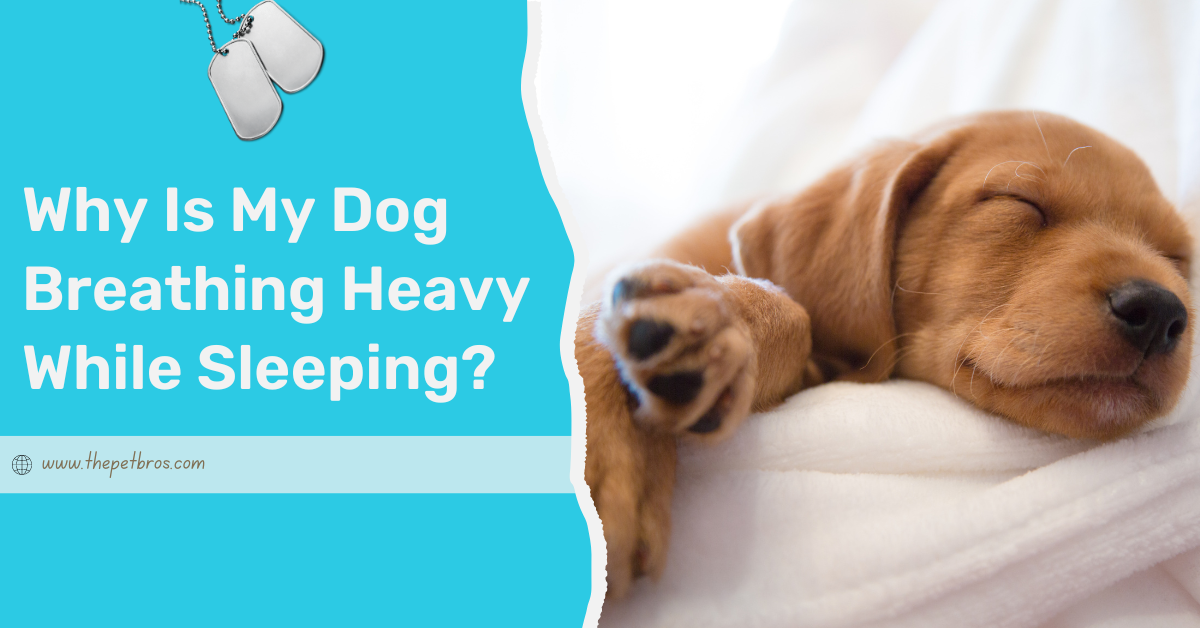
Do you mind if I quote a few of your articles as long as I provide credit and sources back to your website? My blog site is in the exact same area of interest as yours and my visitors would really benefit from a lot of the information you provide here. Please let me know if this ok with you. Regards!
Absolutely!